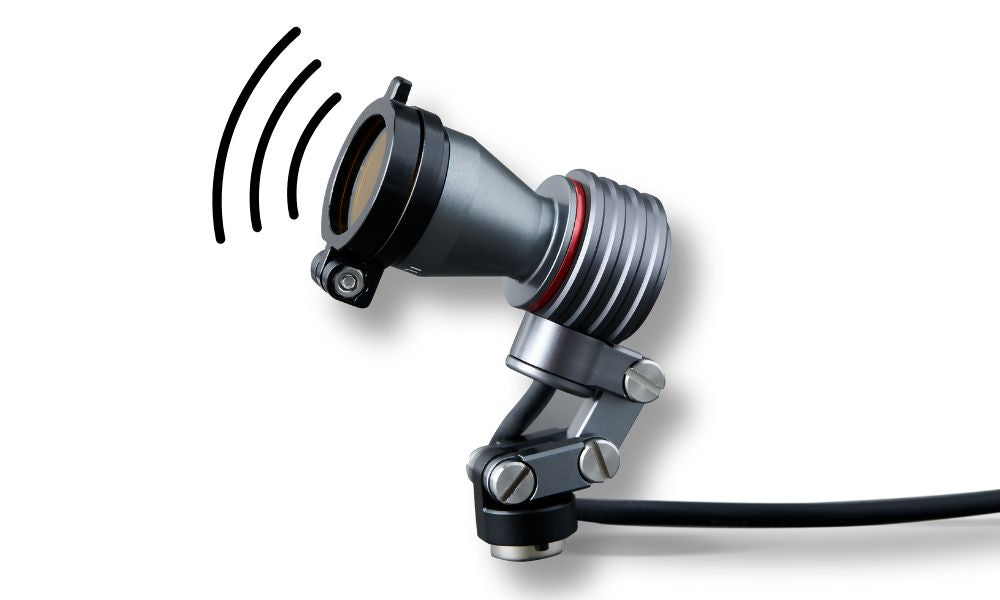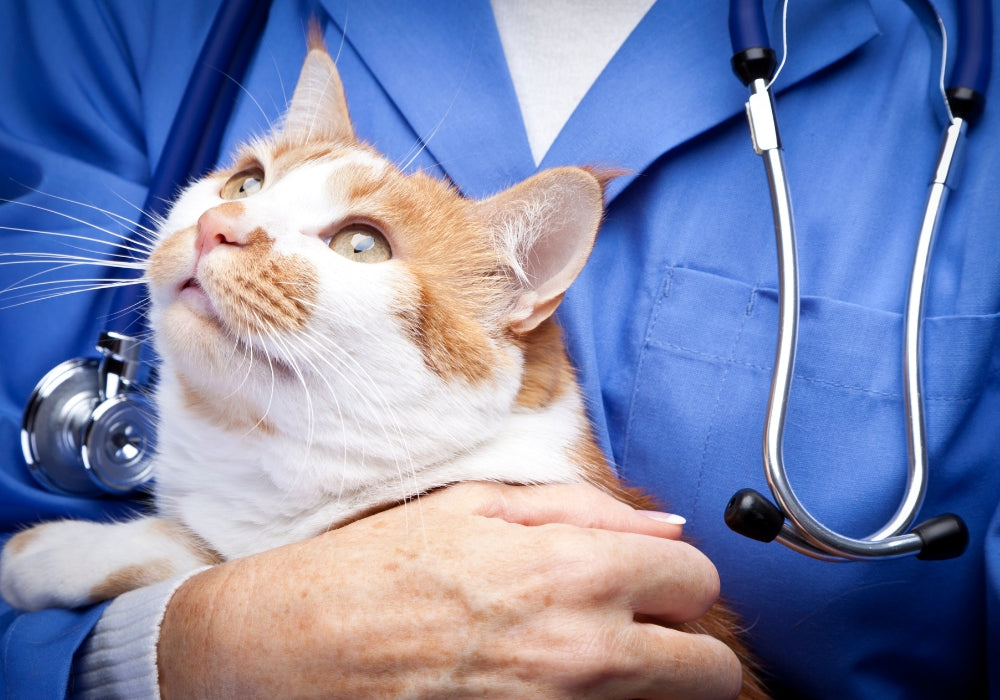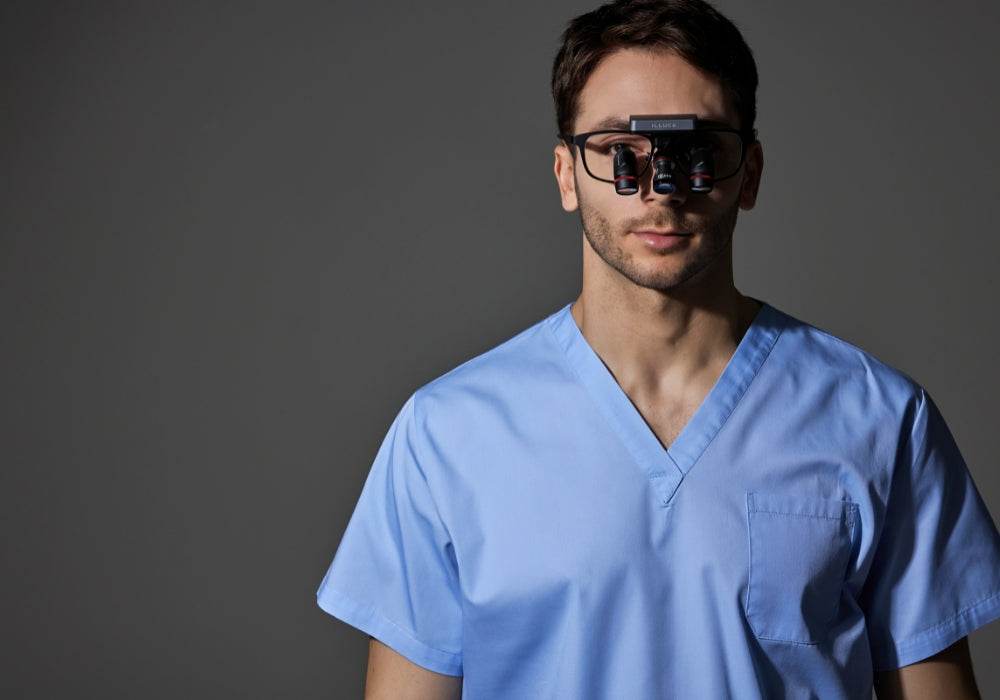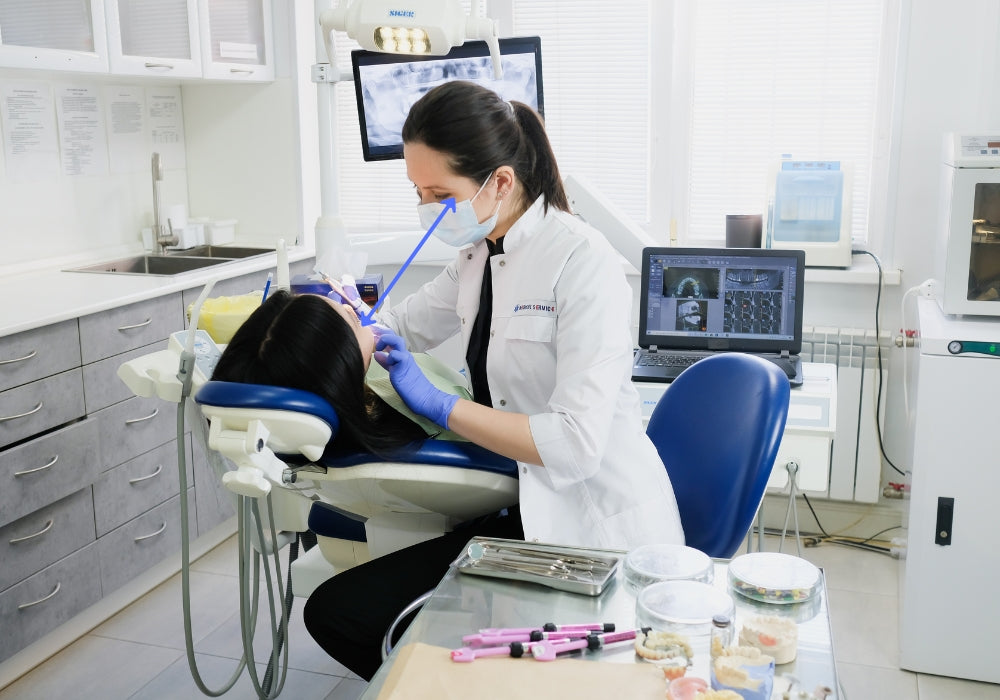In the world of veterinary medicine, the ability to perform precise and accurate surgeries is crucial. One of the most valuable tools that veterinarians can utilize to enhance their surgical precision is the use of loupes. These magnifying devices offer numerous benefits that significantly improve surgical outcomes and overall patient care. Our range of loupes, including TTL Loupes , Angled Loupes, and Flip-up Loupes, are designed to meet the diverse needs of veterinary surgeons.
The Importance of Precision in Veterinary Surgery
Veterinary surgery presents unique challenges due to the diverse range of animal sizes and anatomical structures. Whether operating on small pets or larger animals, the intricate anatomical structures, such as blood vessels, nerves, and organs, demand high precision. Any mistake, no matter how minor, can have serious consequences. Therefore, enhanced visualization is essential for identifying and correctly operating on these delicate structures.
Benefits of Using Loupes in Veterinary Surgery
Improved Visualization
Loupes provide magnification that allows veterinarians to see the surgical field in greater detail. This enhanced visualization helps identify small anatomical structures that are otherwise difficult to see with the naked eye. For instance, during soft tissue surgeries or dental procedures, loupes can reveal fine details that are crucial for successful outcomes. Our TTL Loupes 2.5x Galilean, 3.3x Galilean, 3.5x Prismatic, 4.5x Prismatic, 5.5x Prismatic, and 6.5x Prismatic and Angled Loupes (3.0x and 4.0x) offer excellent magnification options to cater to different surgical needs.
Increased Precision
The use of loupes helps veterinarians perform more precise incisions and sutures. This precision reduces the likelihood of damaging surrounding tissues, which is particularly important in animals where every millimeter counts. More precise surgery leads to better healing and fewer complications, contributing to improved recovery times for patients. Our Flip-up Loupes (3.3x) provide flexibility and precision, allowing surgeons to adjust their view easily during procedures.
Reduced Eye Strain and Fatigue
Performing surgery without magnification can cause significant eye strain and fatigue. Loupes reduce the need to squint or lean in closely, promoting better posture and reducing physical strain on the veterinarian. This ergonomic benefit allows surgeons to maintain focus and steadiness during lengthy procedures, ultimately enhancing performance.
Enhanced Ergonomics
The use of loupes significantly contributes to better ergonomics for veterinarians. Without loupes, surgeons often have to bend over the surgical field, leading to poor posture and potential musculoskeletal problems over time. Loupes enable surgeons to maintain an upright and more natural posture, reducing the risk of neck, back, and shoulder pain. This ergonomic improvement not only enhances the comfort and well-being of the veterinarian but also ensures sustained performance and longevity in their career.
Enhanced Learning and Skill Development
For veterinary students and less experienced surgeons, loupes serve as an educational tool that enhances their understanding of animal anatomy and surgical techniques. The magnification allows them to observe and learn the intricacies of surgical procedures in greater detail, accelerating their skill development and confidence.
Better Surgical Outcomes
By providing a clearer view and allowing for more precise actions, loupes contribute to better surgical outcomes. Smaller, more accurate incisions result in less tissue trauma, reduced bleeding, and a lower risk of infection. These factors collectively lead to faster recovery times and improved overall health for the animal.
Practical Considerations for Using Loupes
When incorporating loupes into veterinary surgery, veterinarians should consider several factors to ensure they choose the right equipment for their needs:
Magnification Level
Common magnification levels for veterinary loupes range from 2.5x to 6.5x. Higher magnification provides greater detail but may reduce the field of view. Our TTL Loupes Galilean and Prismatic and Angled Loupes offer a range of magnifications to balance detail with the ability to see the entire surgical site.
Field of View
A wider field of view allows surgeons to see more of the surgical area, which can be beneficial for complex procedures. However, this may come at the cost of lower magnification.
Working Distance
This is the distance from the surgeon’s eyes to the surgical site. Loupes should have a comfortable working distance that matches the surgeon’s preferred posture and working habits.
Comfort and Fit
Since loupes are worn for extended periods, they should be lightweight and comfortable. Adjustable frames and headbands can help achieve a secure and comfortable fit.
The use of loupes in veterinary surgery offers numerous benefits that enhance the precision and effectiveness of veterinary procedures. By improving visualization, reducing strain, and allowing for more accurate surgical techniques, loupes play a crucial role in achieving better outcomes for animal patients. As veterinary medicine continues to advance, the adoption of such tools will be integral in providing the highest standard of care for our patients. Our range of loupes, including TTL Loupes, Angled Loupes, and Flip-up Loupes, ensures that veterinarians have the best tools at their disposal for enhancing surgical precision and patient care.






Leave a comment
All comments are moderated before being published.
This site is protected by hCaptcha and the hCaptcha Privacy Policy and Terms of Service apply.